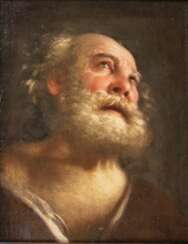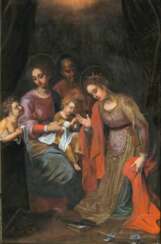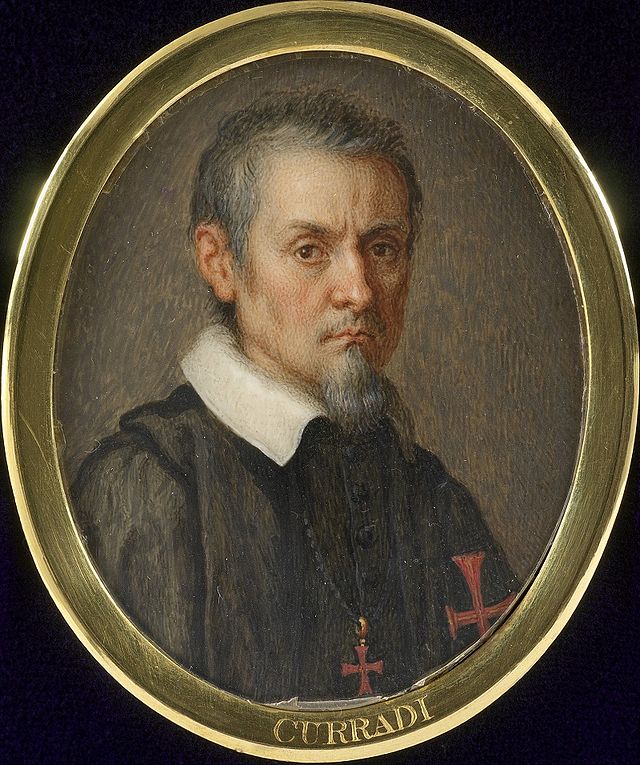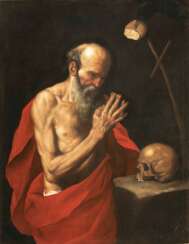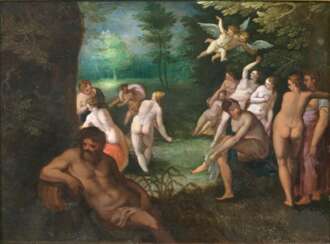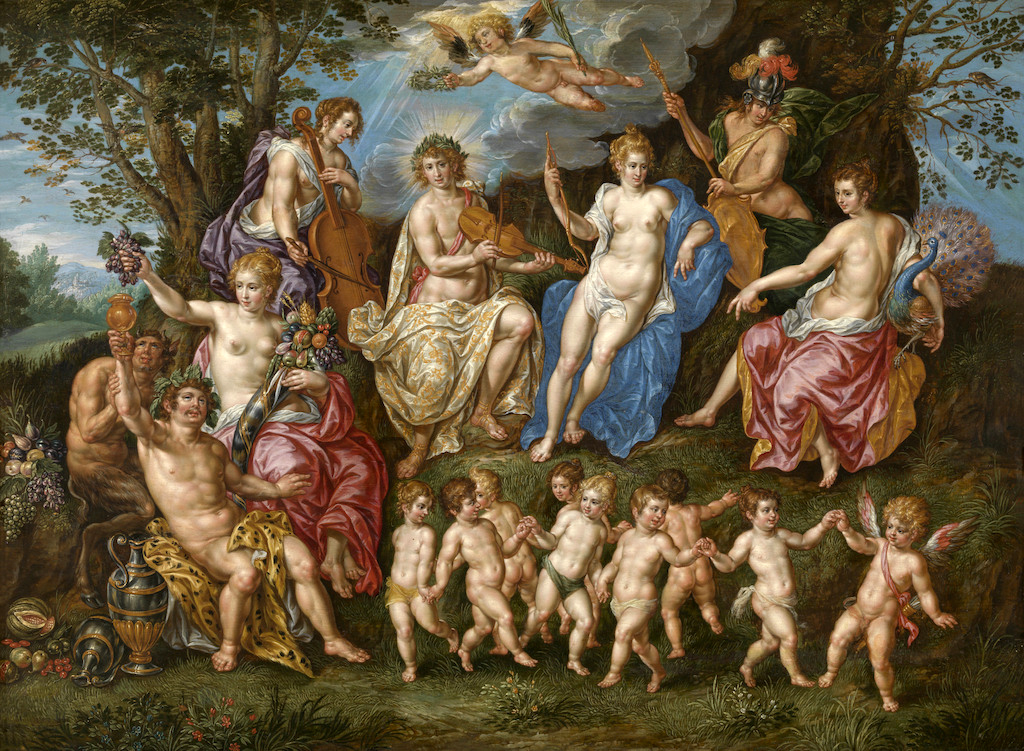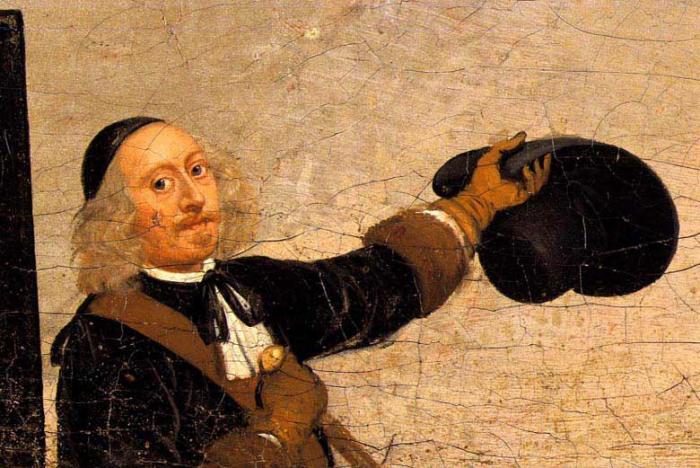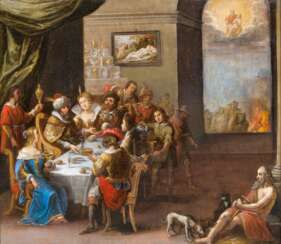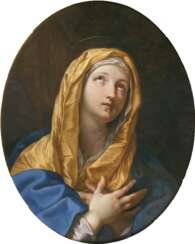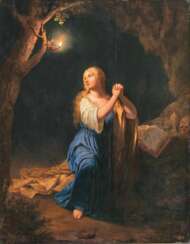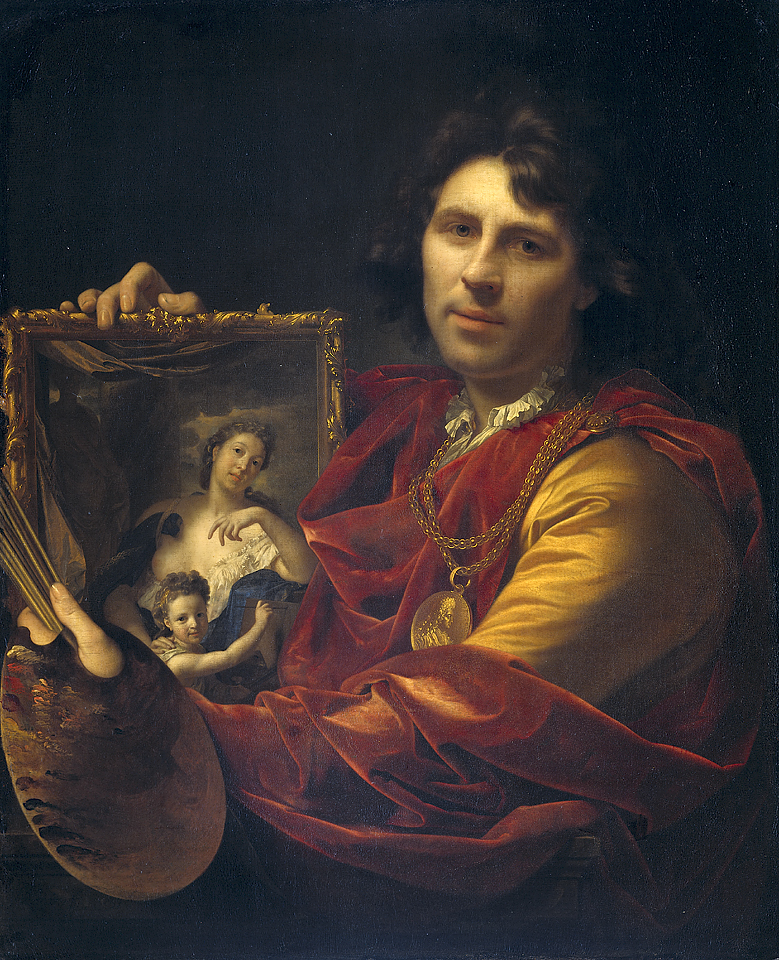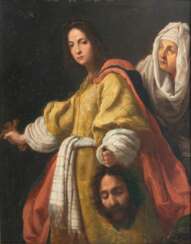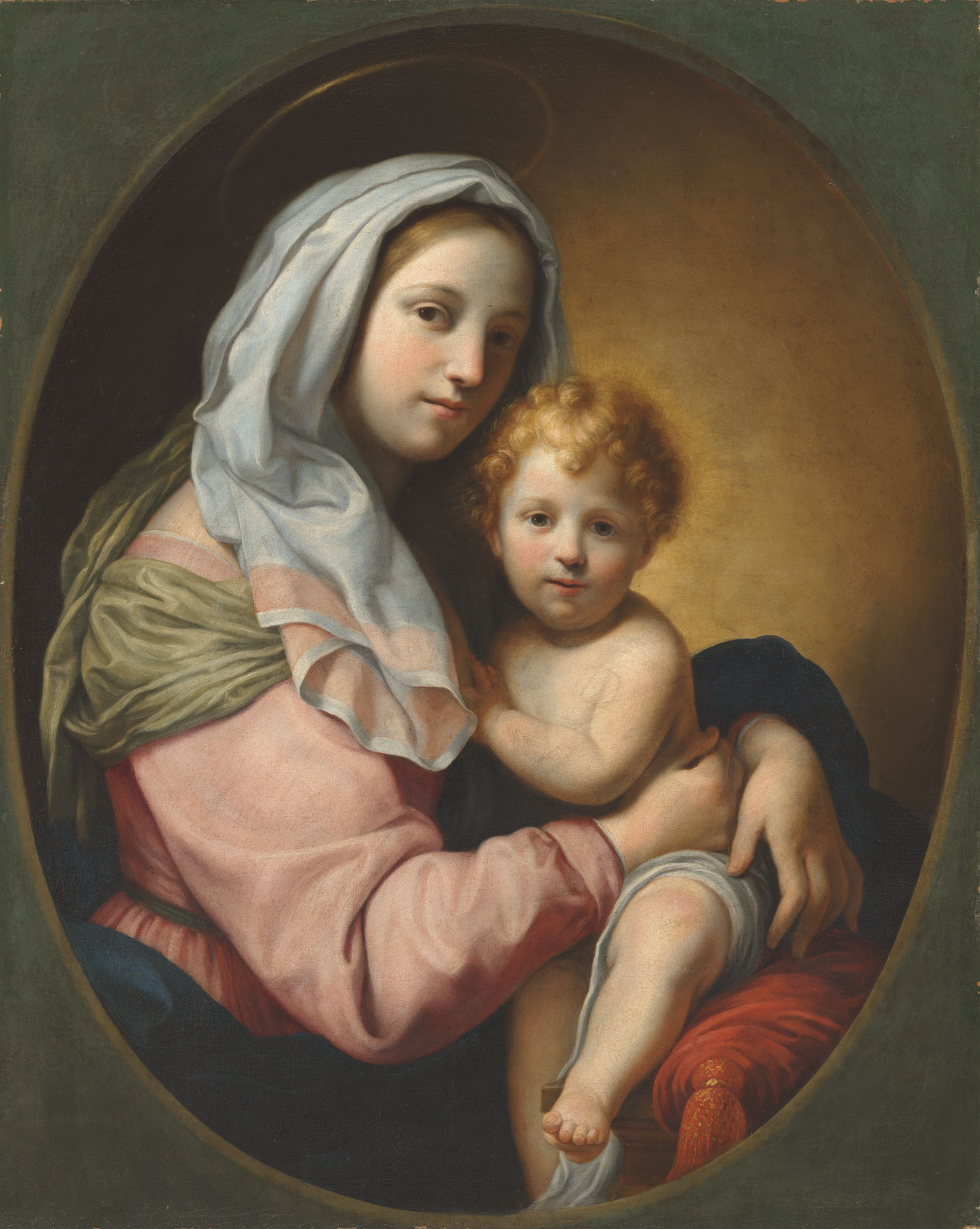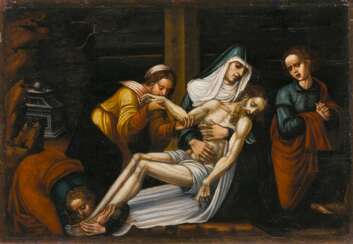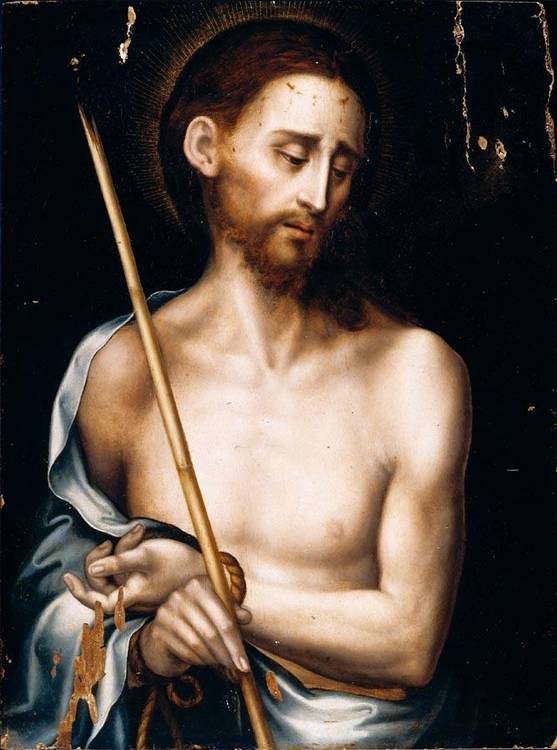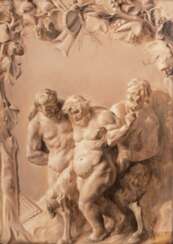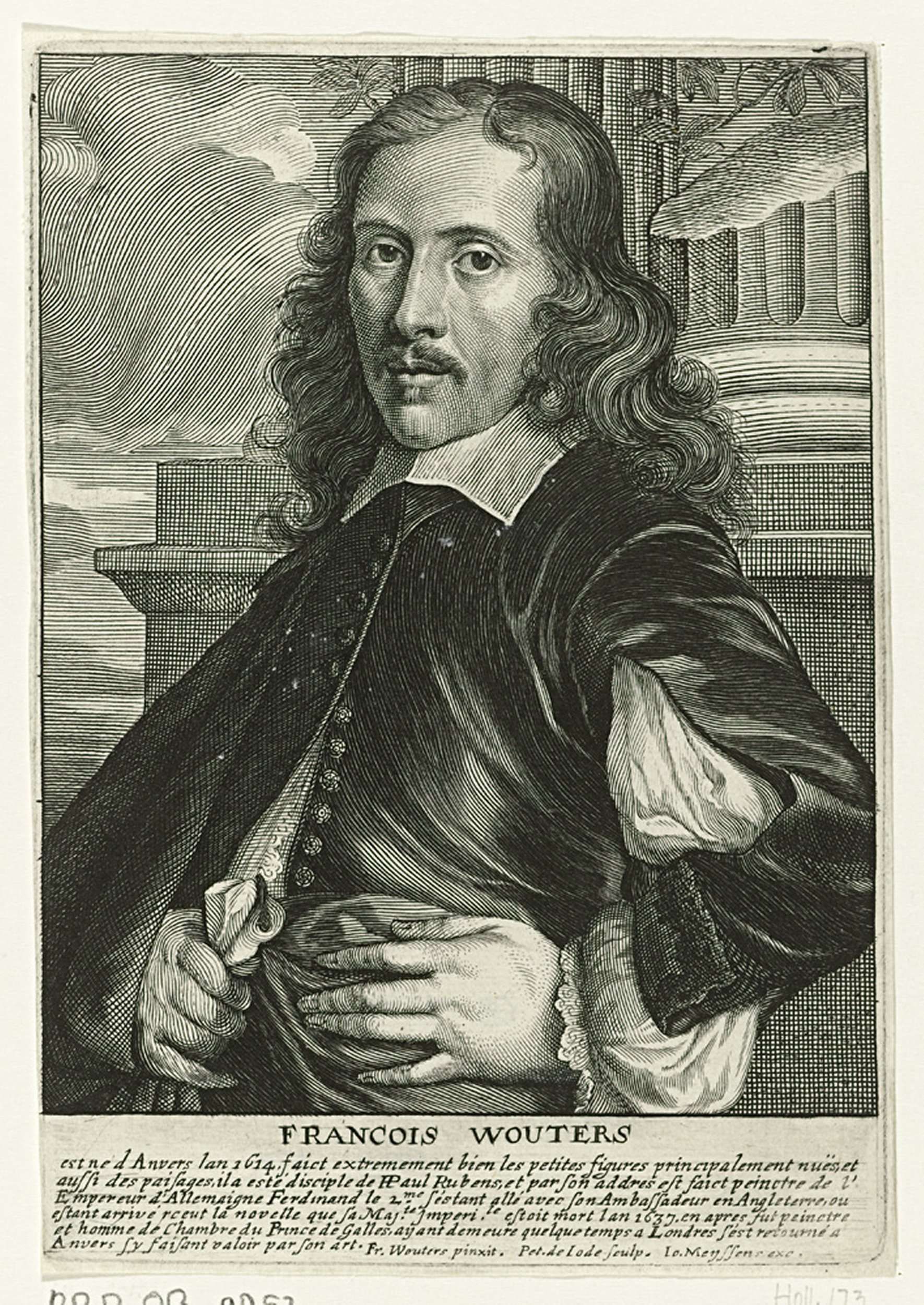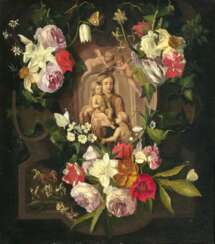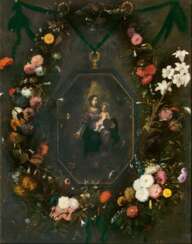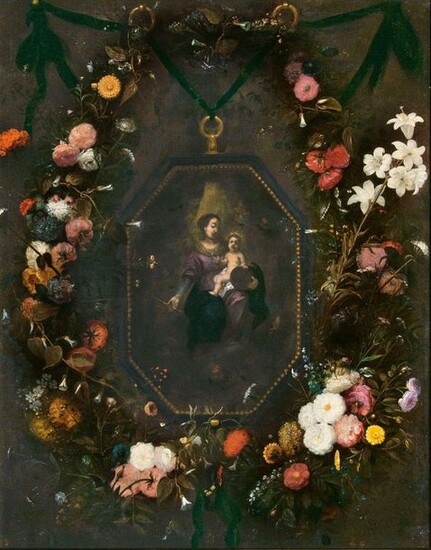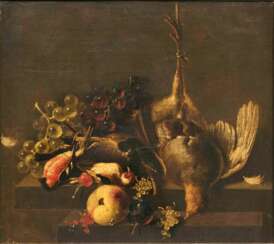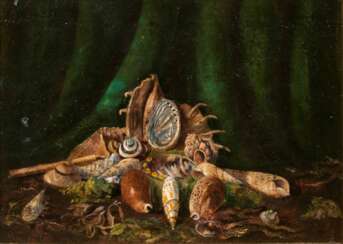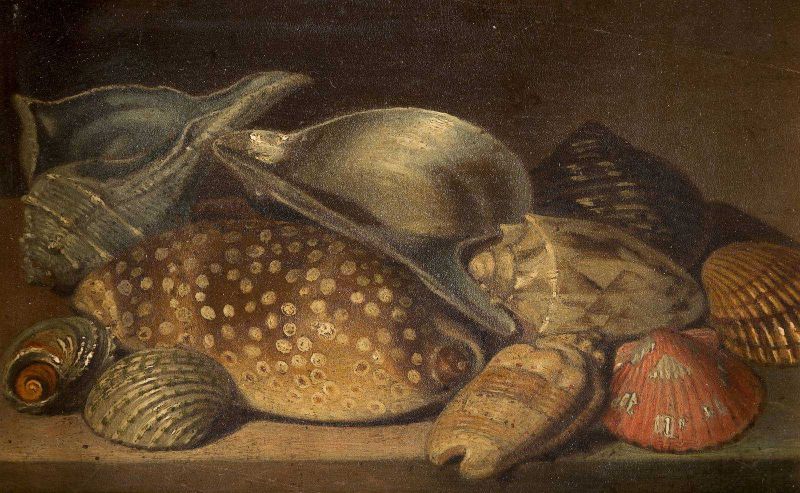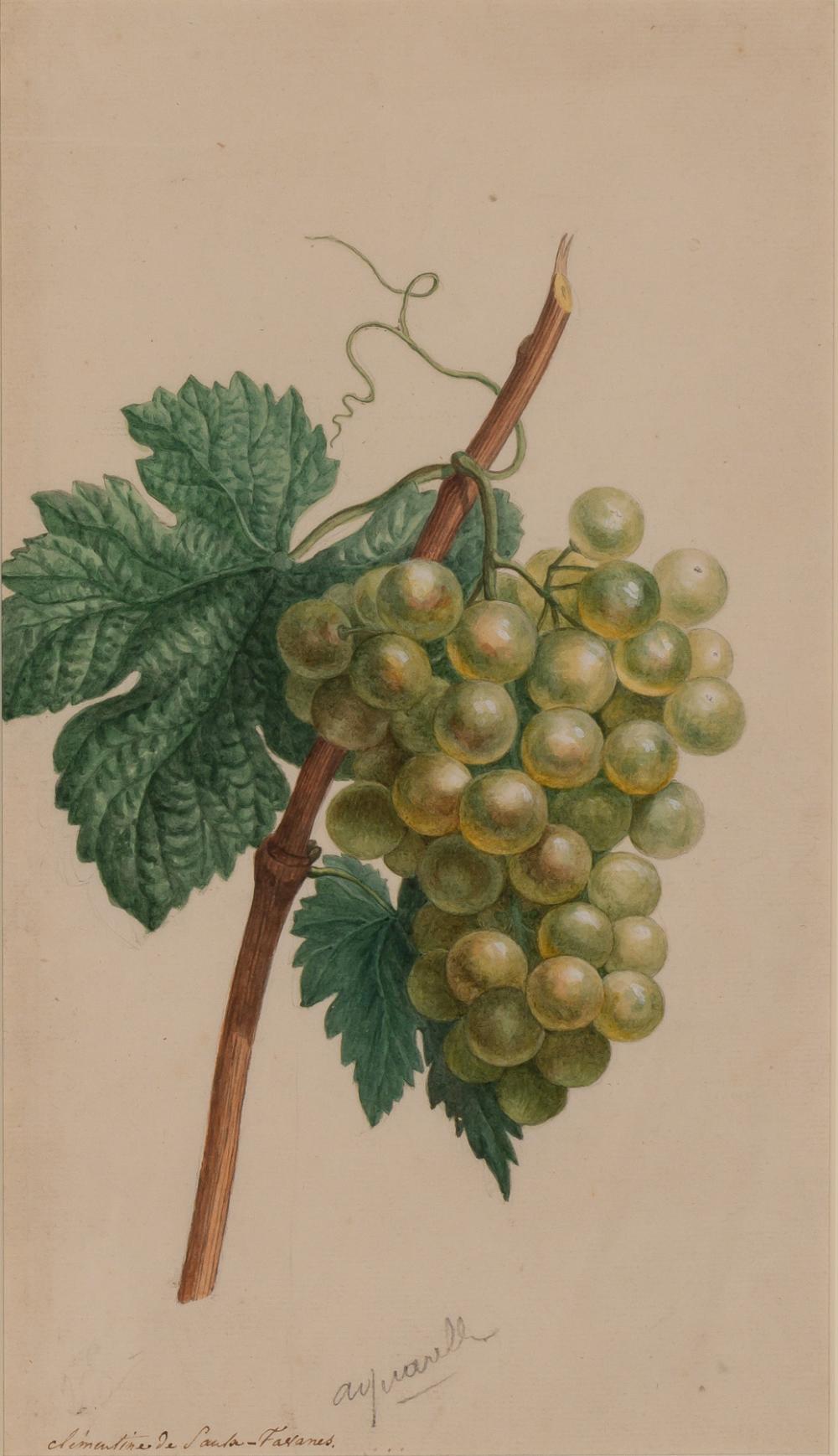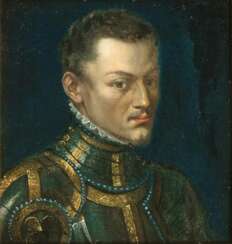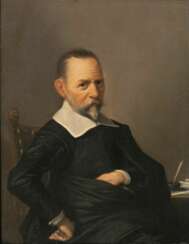
Old Master Paintings — Art and antiques
.jpg)
Jusepe de Ribera, a Spanish painter, etcher, and draughtsman, was a notable figure in the world of art, renowned for his distinct style and contribution to Castilian tenebrism. Born in 1591 in Játiva, near Valencia, Spain, Ribera's early life and artistic origins are somewhat shrouded in mystery, with no definitive documentation on his initial training. However, it's speculated that he might have started his artistic journey in Valencia.
Ribera's career took a significant turn when he moved to Italy, where he spent the majority of his professional life, predominantly in Naples, a Spanish territory at that time. He arrived in Naples around 1616 and soon established himself as an important artist in the city. His marriage to Caterina Azzolino, daughter of Sicilian painter Giovanni Bernardino Azzolino, in November of the same year, further solidified his connections in the Italian art scene.
Ribera was deeply influenced by Caravaggio and is often described as one of Caravaggio's followers. His early works displayed a marked tenebrism, characterized by stark chiaroscuro and a robust, scratchy handling of paint. However, Ribera's style evolved over time, moving away from this intense tenebrism to incorporate more color and softer modeling in his later works.
His body of work is diverse, including altarpieces, religious subjects, mythological themes, and portraits. Ribera had a penchant for depicting scenes of martyrdom with graphic realism, as seen in works like the celebrated "Martyrdom of St Bartholomew." Yet, he was also capable of expressing great tenderness, evident in paintings such as "The Adoration of the Shepherds." His secular subjects often depicted philosophers as beggars or vagabonds, adding a unique dimension to the Baroque repertoire.
Ribera's influence extended beyond Naples to Spain and the broader European art scene. He played a foundational role in fostering a respect for individual humanity in Spanish art, a trend that continued with artists like Velázquez and Goya. His works were widely exported to Spain and had a significant impact on both Italian and Spanish art. Ribera remains a highly respected figure in art history, and his works are featured in prominent museums and galleries worldwide, showcasing his enduring legacy in the realm of art and culture.
For art collectors and experts, Ribera's works represent a crucial chapter in the development of European art, particularly in the context of the Spanish Baroque and the evolution of tenebrism. His innovative approach to subject matter and technique continues to inspire and captivate audiences, making his works highly sought after in the world of art and antiques.
To stay updated on sales and auction events related to Jusepe de Ribera, sign up for our updates. This subscription service is tailored specifically for enthusiasts and experts in art and antiques, ensuring that you are the first to know about new opportunities to acquire works related to this influential artist.
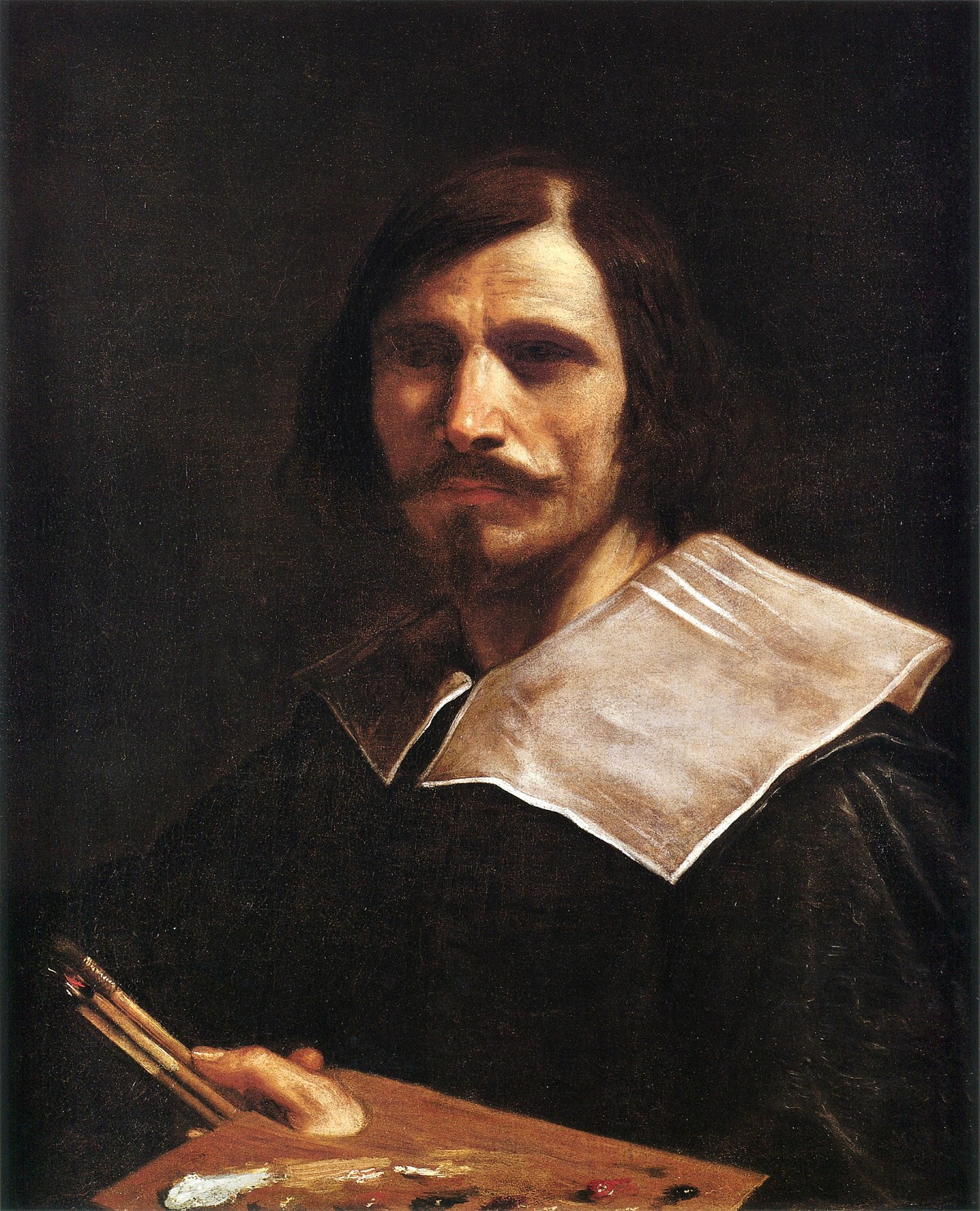
Giovanni Francesco Barbieri, better known as Guercino, was an Italian Baroque painter and draftsman from Cento in the Emilia region, who was active in Rome and Bologna. The vigorous naturalism of his early manner contrasts with the classical equilibrium of his later works. His many drawings are noted for their luminosity and lively style.
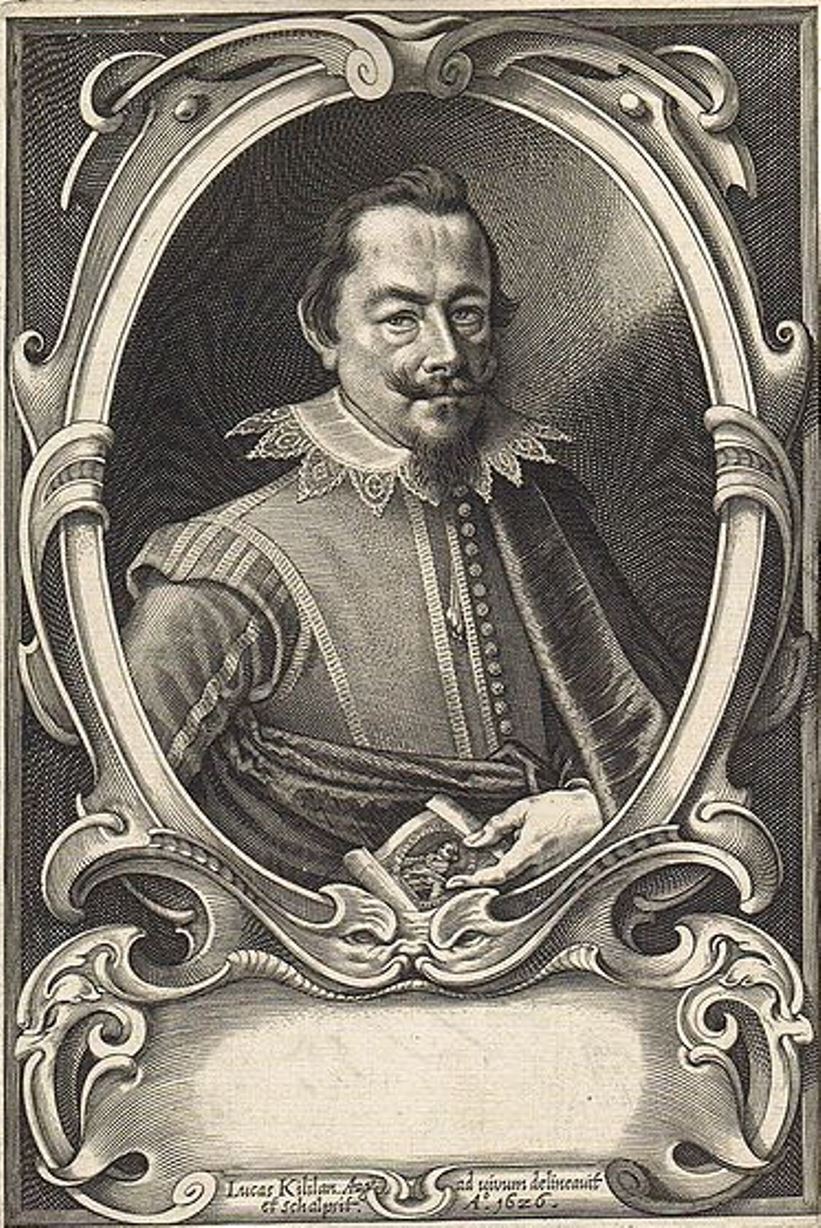
Hans Rottenhammer or Johannes Rottenhammer was a German painter and master of cabinet genre paintings.
After completing his studies as court painter to the Munich royal court, Rottenhammer spent nearly a decade in Venice, and his art bears the influence of Venetian masters such as Tintoretto and Veronese. Rottenhammer opened a studio in the city and attracted patrons and collectors as well as students and followers. In the early 1600s he joined the guild of Venetian artists. It was in Venice that Rottenhammer became famous for his cabinet paintings. These were small works, executed on copper and usually dealing with religious or mythological themes popular at the time.
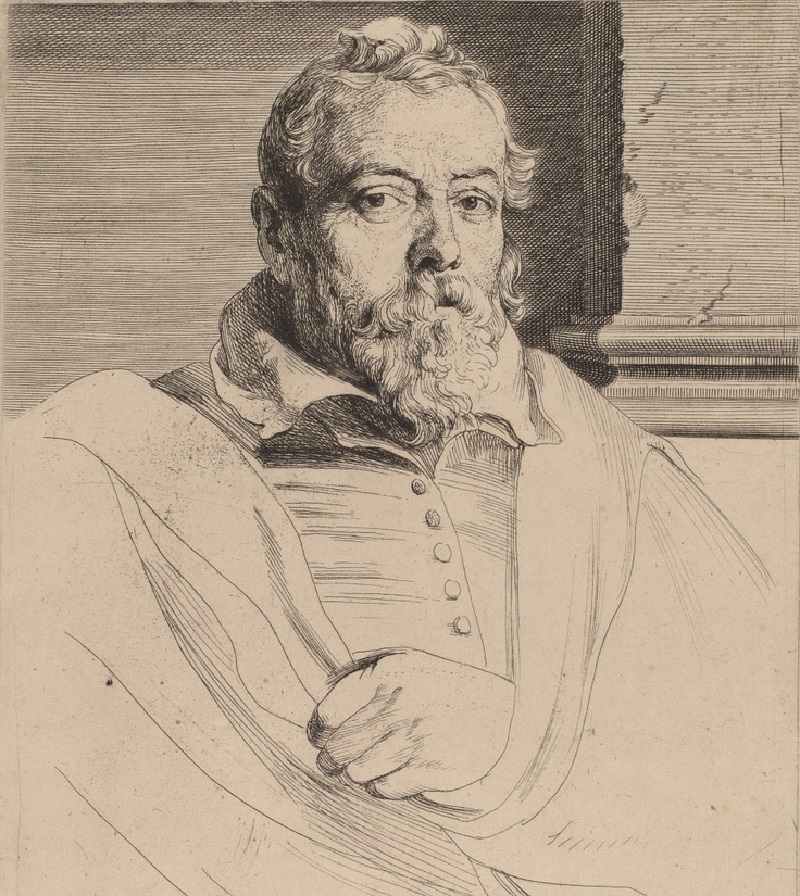
Frans Francken the Younger was a distinguished Flemish painter of the Baroque period, celebrated for his versatility and innovation in the art scene of the early 17th century. Born in 1581 in Antwerp, where he also died in 1642, Francken hailed from the prolific Francken family of artists, establishing himself as the most prominent among them. His contribution to Flemish art includes a wide array of subjects, spanning large altarpieces for churches to intricate cabinet pictures featuring historical, mythological, or allegorical themes.
Francken's work is particularly noted for his creation of collectors' cabinet paintings, a genre that depicted the interiors of collectors filled with art, curiosities, and natural specimens, embodying the era's intellectual pursuits and the burgeoning culture of connoisseurship. Moreover, Francken was instrumental in the development of singeries, humorous paintings featuring monkeys engaging in human activities, critiquing the follies of mankind through satire. His collaborative efforts with other artists enriched his work, allowing him to incorporate figures and narrative depth into various compositions, seamlessly blending his expertise with the landscapes, architectural settings, and still lifes created by his contemporaries.
Francken's artistic legacy is marked by his successful workshop, his role as a master in the Antwerp Saint Luke's Guild, and his significant influence on the development of new subject matter and genres within Flemish painting. His works, such as "Mankind's Eternal Dilemma: The Choice Between Virtue and Vice," remain celebrated for their detailed craftsmanship and symbolic richness, housed in prestigious museums including the Museum of Fine Arts, Boston.
For collectors and art history aficionados, Francken's oeuvre offers a rich tapestry of Baroque artistry, reflecting the dynamism of 17th-century Flemish culture and the depth of humanistic and religious themes explored during the period.
To delve deeper into the world of Frans Francken the Younger and to stay updated on new discoveries, sales, and auction events related to his works, consider signing up for specialized updates. This subscription is tailored for enthusiasts eager to explore the intersections of art, history, and culture, promising insightful content on one of Flemish art's most influential figures.
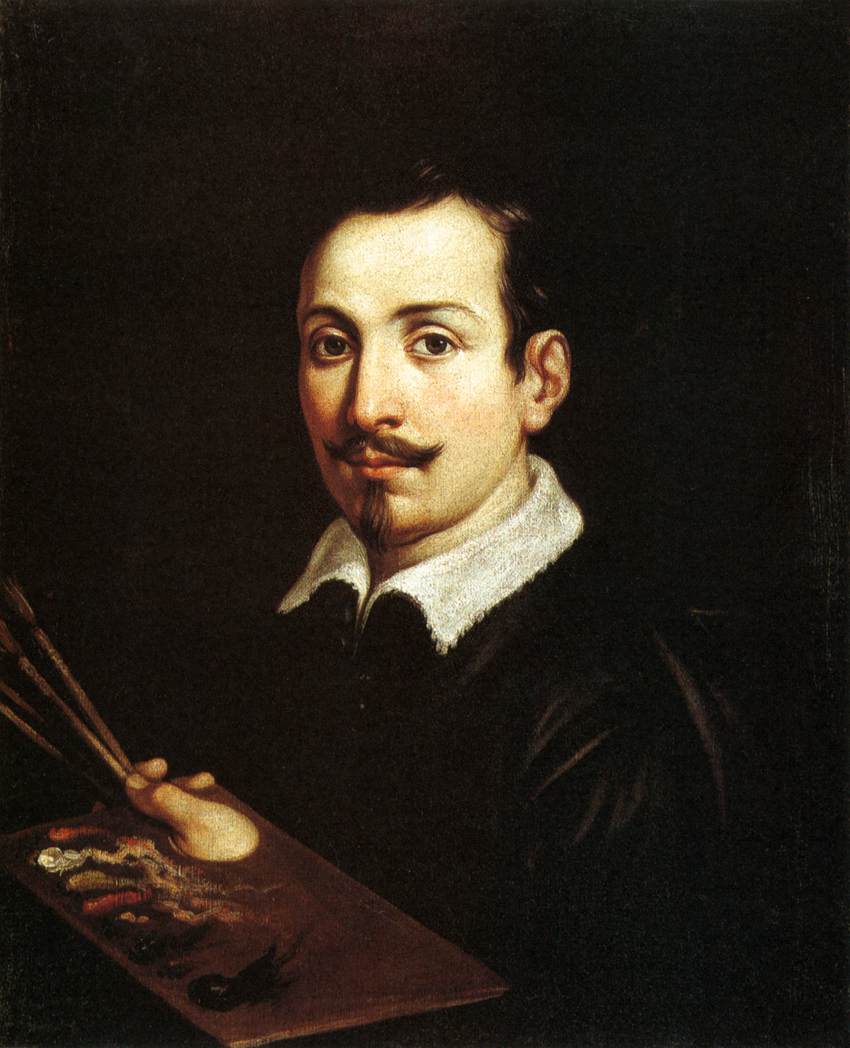
Guido Reni was an Italian Baroque painter, celebrated for his refined and classical approach to art. Born in Bologna, Italy, Reni's career spanned the late Renaissance and early Baroque periods, where he became known for his religious and mythological scenes. His style, characterized by elegance and grace, set him apart from his contemporaries, making his works highly sought after by both religious and secular patrons.
Reni's training under Denys Calvaert, followed by his time in the Carracci workshop, laid the foundation for his distinctive blend of classical idealism and Baroque dynamism. This education, coupled with his interactions and reported rivalry with Caravaggio in Rome, influenced his development as an artist who could balance the dramatic intensity of the Baroque with a serene classicism.
One of Reni's most famous works, the fresco "Aurora" in the Casino dell'Aurora of Palazzo Pallavicini-Rospigliosi, showcases his mastery of classical forms and his ability to convey narrative through expressive composition and vibrant color. This masterpiece, depicting Apollo's chariot led by Dawn, is celebrated for its simplicity and restraint, contrasting the more elaborate compositions typical of his era.
Reni's contributions to religious art are also significant, with works such as "The Archangel Michael Defeating Satan" and "Saint Joseph and the Christ Child" reflecting his capacity to imbue traditional Christian subjects with a profound sense of divinity and humanity. His paintings are distinguished by their delicate treatment of light and shadow, a hallmark of his refined aesthetic.
Collectors and art experts continue to admire Reni's works for their technical brilliance and emotional depth. His paintings, such as "The Massacre of the Innocents" and "Saint Sebastian," are preserved in major museums worldwide, testament to his enduring influence on Western art. Reni's legacy as a bridge between the Renaissance's ideal beauty and the Baroque's emotive power remains unparalleled, securing his place among the pantheon of great artists.
For collectors and experts in the field of art and antiques, Guido Reni's oeuvre represents not just the pinnacle of Baroque painting but also a connection to the cultural and aesthetic shifts of his time. To stay updated on sales, auctions, and exhibitions related to Guido Reni's works, signing up for updates can provide exclusive insights and opportunities to engage with the legacy of this exceptional artist.
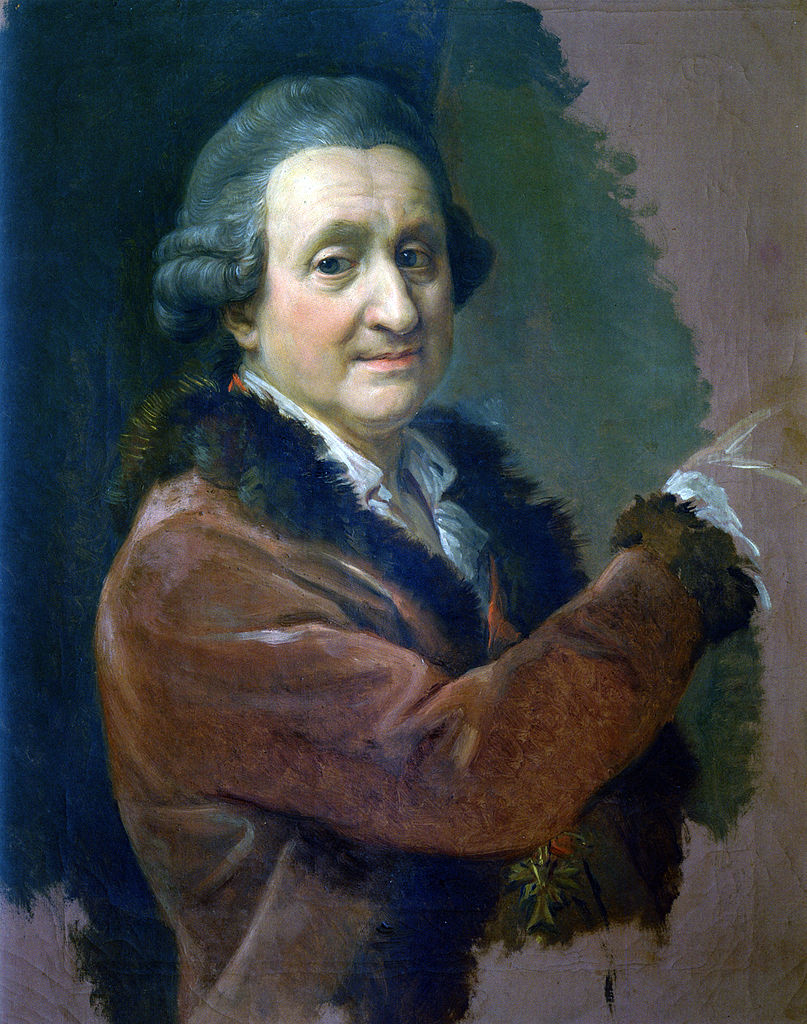
Pompeo Girolamo Battoni was an Italian painter who displayed a solid technical knowledge in his portrait work and in his numerous allegorical and mythological pictures. The high number of foreign visitors travelling throughout Italy and reaching Rome during their "Grand Tour" led the artist to specialize in portraits.
Batoni won international fame largely thanks to his customers, mostly British of noble origin, whom he portrayed, often with famous Italian landscapes in the background. Such Grand Tour portraits by Batoni were in British private collections, thus ensuring the genre's popularity in Great Britain. One generation later, Sir Joshua Reynolds would take up this tradition and become the leading English portrait painter. Although Batoni was considered the best Italian painter of his time, contemporary chronicles mention his rivalry with Anton Raphael Mengs.
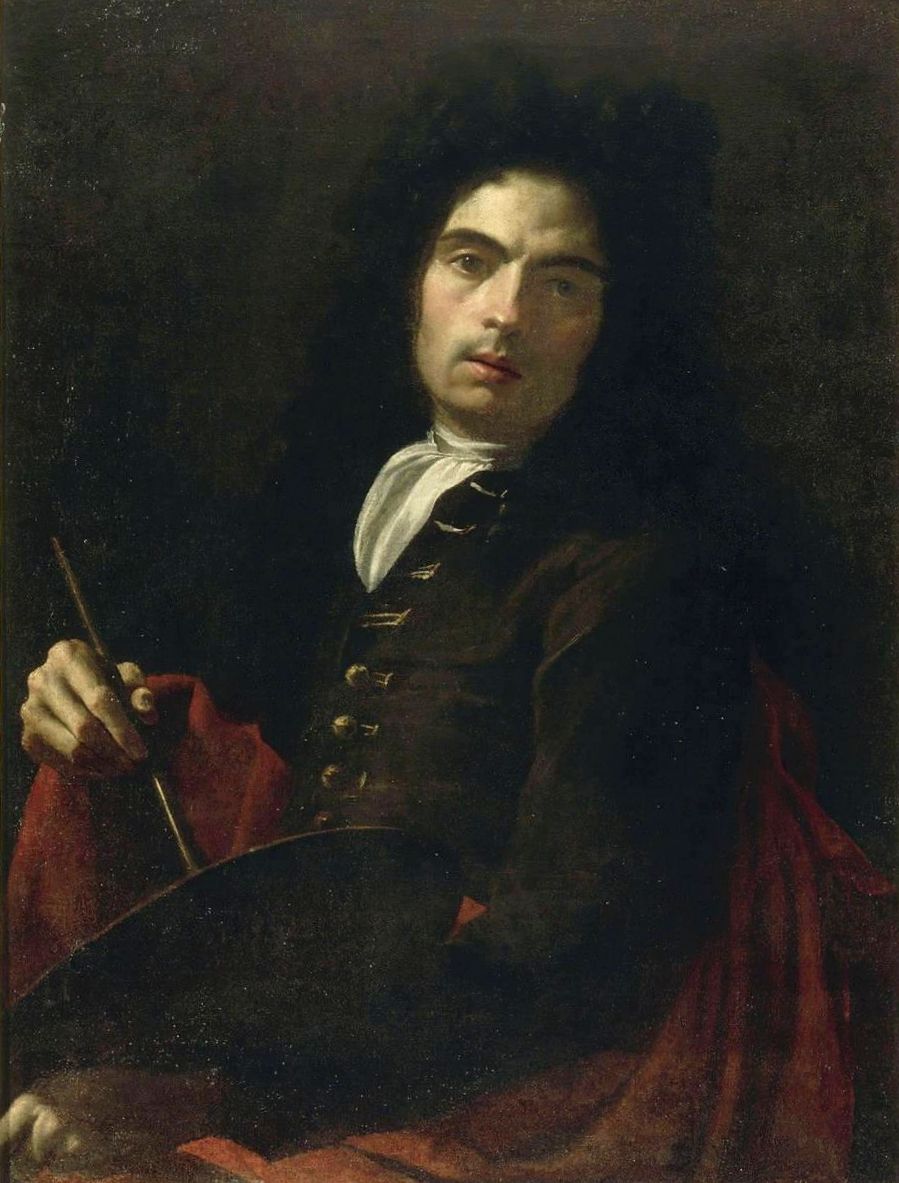
Corrado Giaquinto was a prominent Italian painter of the Rococo period. His journey into the arts took him from apprenticeships with local painters in his youth to a flourishing career across Italy and Spain. Giaquinto's early training under Saverio Porta and subsequent studies in Naples under Nicola Maria Rossi and Francesco Solimena honed his skills in the Neapolitan painting tradition. By the time he moved to Rome in 1727, his style had matured, leading to collaborations on significant projects and solo commissions that showcased his mastery of the Rococo style.
Giaquinto's work is known for its vibrant colors, dynamic compositions, and the integration of classical and religious themes, reflective of the Rococo spirit. His frescoes and oil paintings, such as "The Penitent Magdalen" and "Medea Rejuvenating Aeson," are celebrated for their technical brilliance and emotional depth, housed in prestigious museums like the Metropolitan Museum of Art in New York and the Louvre Museum in Paris. His significant contribution to the art world extends to his role as a court painter in Madrid, where he influenced the Spanish art scene profoundly during his tenure from 1753 to 1761.
For collectors and experts in art and antiques, Giaquinto's oeuvre offers a fascinating glimpse into the opulence and elegance of 18th-century Rococo art. His ability to blend dramatic narratives with delicate details makes his work a study in the balance between grandeur and grace, marking him as a key figure in the transition from the Baroque to Rococo styles.
To explore more about Corrado Giaquinto's influential work and to stay informed about exhibitions or sales featuring his art, signing up for updates from art institutions can provide exclusive insights into the world of this illustrious Rococo painter. This subscription is tailored for enthusiasts keen on delving deeper into the rich tapestry of 18th-century European art, ensuring they remain abreast of relevant developments and opportunities related to Giaquinto's legacy.
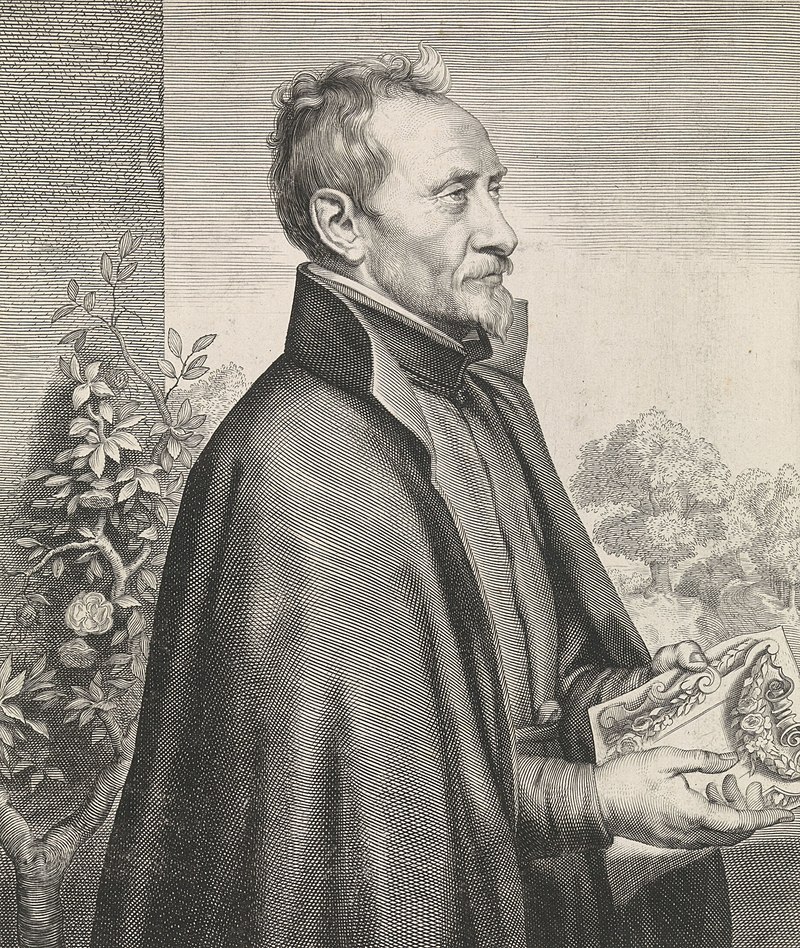
Daniël Seghers or Daniel Seghers was a Flemish Jesuit brother and painter who specialized in flower still lifes. He is particularly well known for his contributions to the genre of flower garland painting. His paintings were collected enthusiastically by aristocratic patrons and he had numerous followers and imitators.
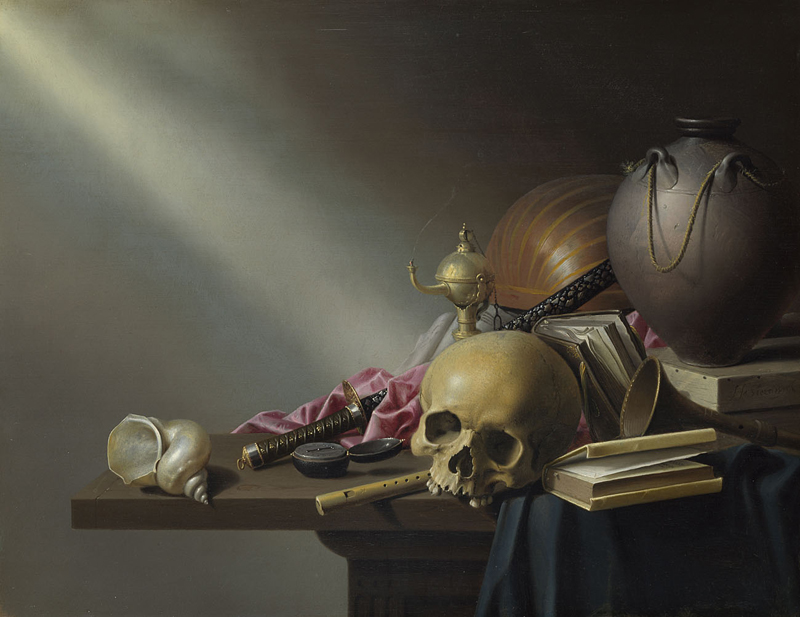
Harmen Steenwijck was a Dutch painter of the Gilded Age. He created several genre works, but concentrated mainly on still lifes, including vanitas, in light, rich tones with elements of fruit and fish. Harmen Stenwijk's most famous work, however, is Allegory of the Vanity of Human Life.
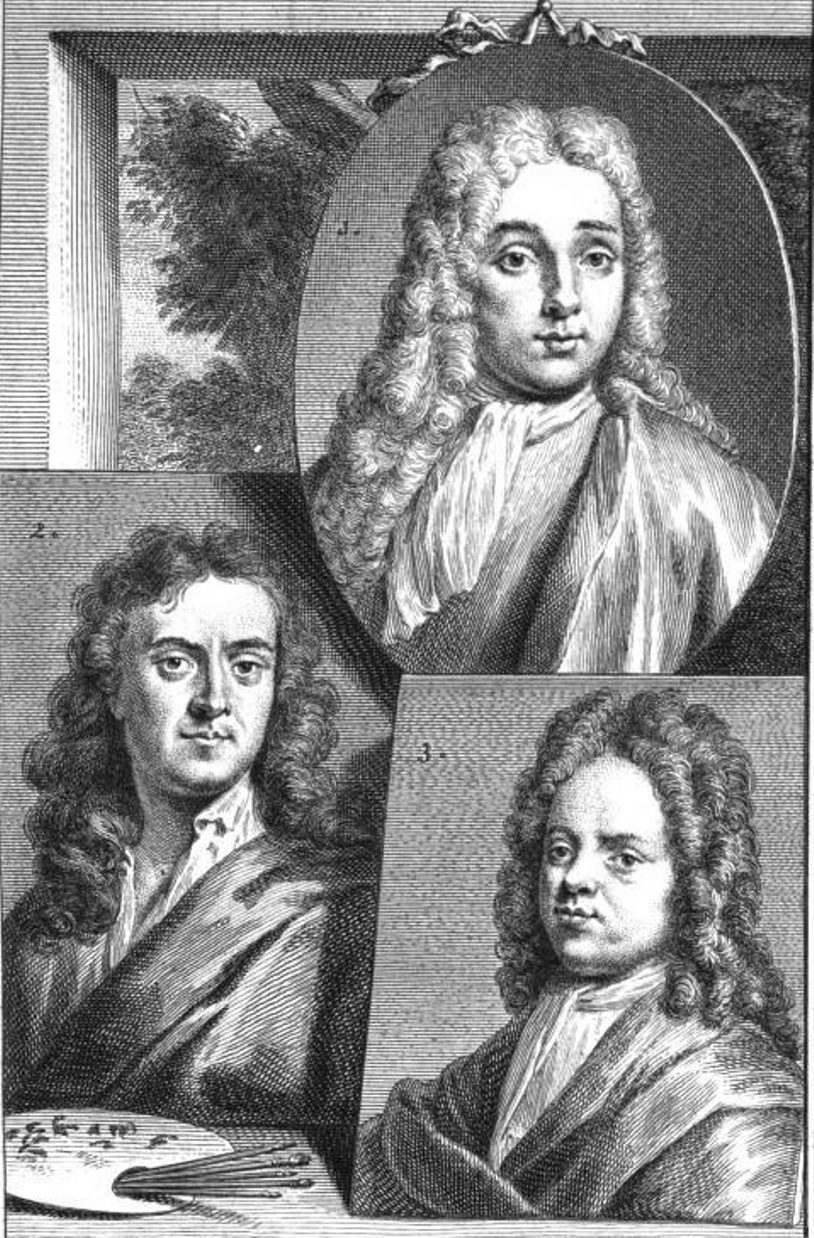
Jan Weenix was a Dutch painter of the Golden Age and a member of the Guild of St. Luke in Utrecht.
He received his first painting lessons from his father Jan Baptist Weenix and later perfected his art. Jan Weenix is known for still lifes with game, hunting scenes, he painted landscapes and portraits, genre paintings, and created decorative panels. Among the customers of his works was also Tsar Peter I.
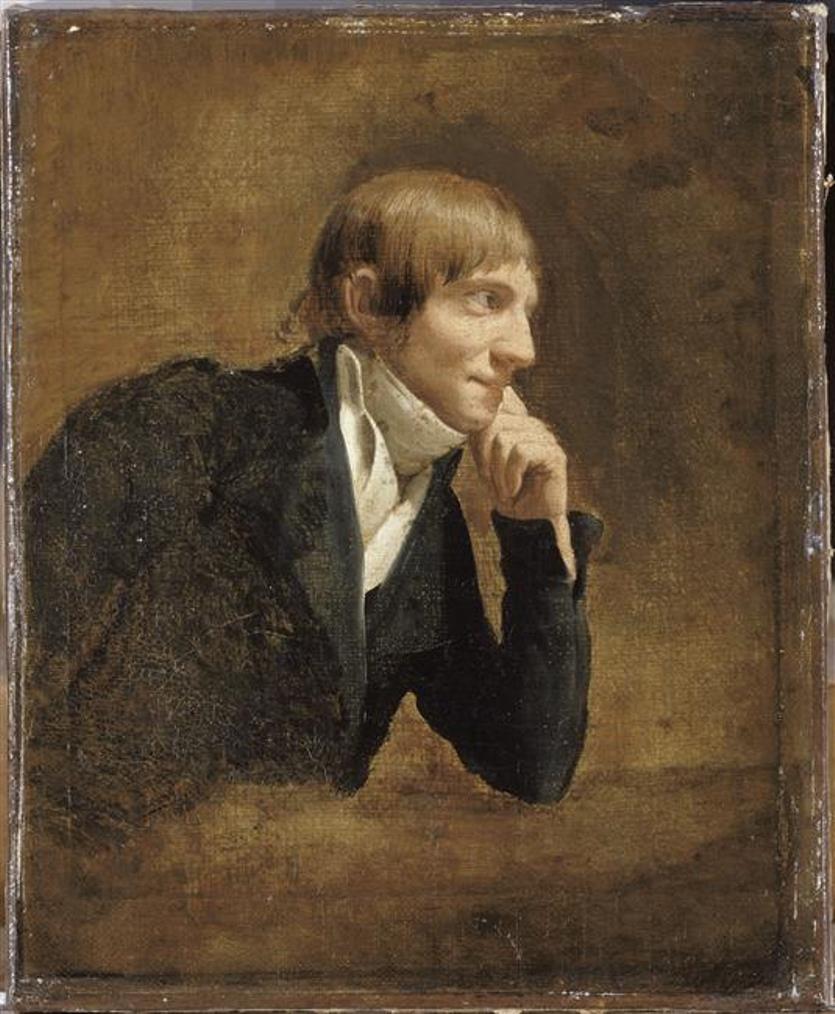
Pierre-Joseph Redouté was a French artist and botanist of Belgian origin, a royal painter and lithographer.
Redouté traveled extensively from his youth and carefully studied the pictorial art of various masters, but his main interest eventually became botanical illustration. He gained access to the Botanical Gardens in Paris and the botanical library. Over time, the talented Redouté became a very popular and successful painter of flowers and plants, publishing more and more albums.
In the 1790s, Redouté was internationally recognized as one of the most popular floral artists in the world. His depictions of plants are still as fresh as if they had just been painted. His album of watercolor illustrations, The Lilies, is one of the most expensive printed books in history.
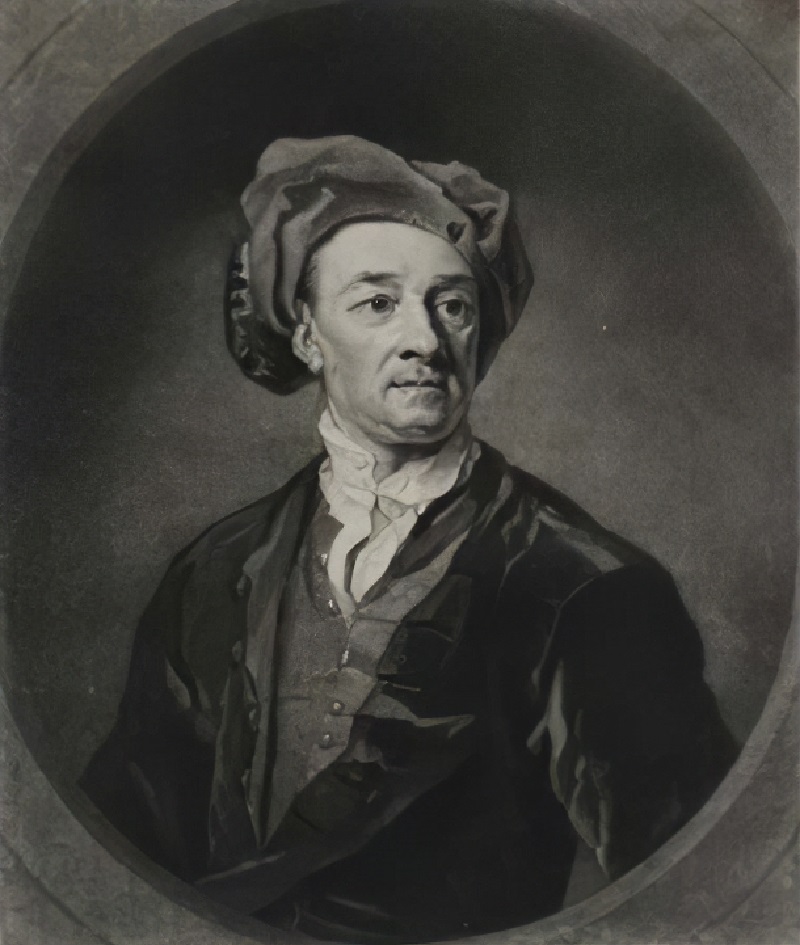
Jean-Baptiste Monnoyer was a Franco-Flemish painter who specialised in flower pieces. He was attached to the Gobelins tapestry workshops and the Beauvais tapestry workshops, too, where he produced cartoons of fruit and flowers for the tapestry-weavers, and at Beauvais was one of three painters who collaborated to produce cartoons for the suite The Emperor of China.
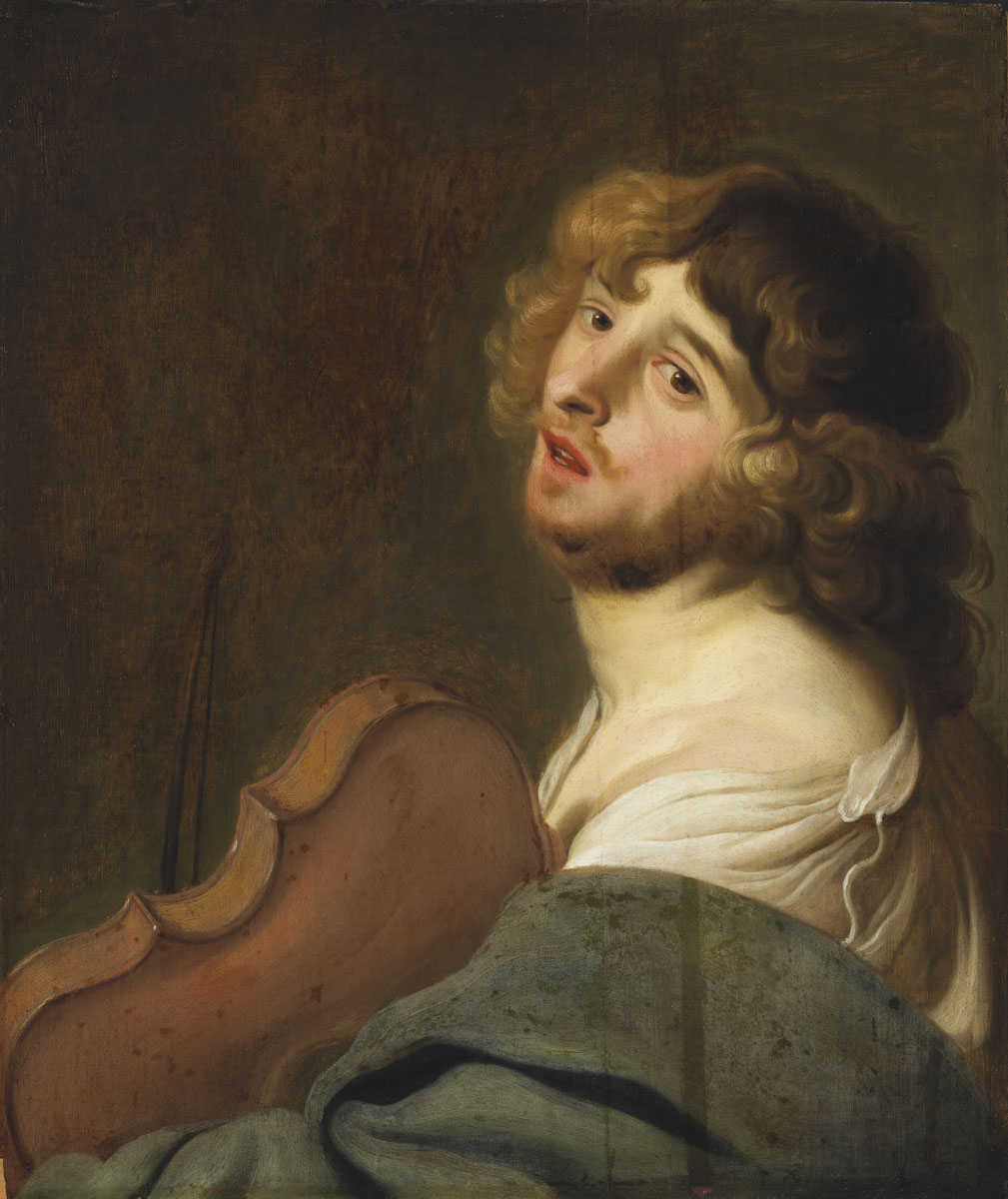
Jacob Adriaensz Backer was a prolific artist of the Dutch Golden Age, known for his dynamic portraits, religious subjects, and mythological scenes. Over a span of twenty years, Backer produced approximately 140 paintings, standing out for his quick execution and attention to detail. His ability to capture intricate details like cuffs, fur, and collars within a short period was renowned, exemplifying the Dutch wet-on-wet painting technique's success during his era.
Influenced by notable figures such as Wybrand de Geest, Peter Paul Rubens, and Abraham Bloemaert, Backer was also celebrated for his drawings of nudes, showcasing his versatile skill set. His works were a testament to the baroque movement, characterized by vivid expression and intricate detail. Notable among his works are portraits that convey the subject's essence with exceptional clarity and depth, earning him a distinguished place among his contemporaries in Amsterdam.
Despite his significant contributions to Dutch art, Backer led a life focused solely on his art, never marrying or purchasing a home, possibly sharing his living quarters with relatives. He was deeply embedded in the artistic milieu of Amsterdam, having been one of the most independent pupils of Rembrandt between 1632 and 1634, absorbing and reflecting the master's style in his works.
For collectors and experts in art and antiques, Jacob Adriaensz Backer's work offers an insight into the Dutch Golden Age's rich cultural and artistic landscape. His legacy continues to be celebrated in major museums and collections worldwide, including the Rijksmuseum in Amsterdam and the National Museum in Warsaw, where his influence on portrait and genre painting remains undisputed.
To stay updated on exhibitions, sales, and auctions related to Jacob Adriaensz Backer, subscribing to newsletters from reputable art galleries and auction houses is advisable. This ensures you receive timely information on opportunities to engage with the works of this masterful Dutch Golden Age painter.


